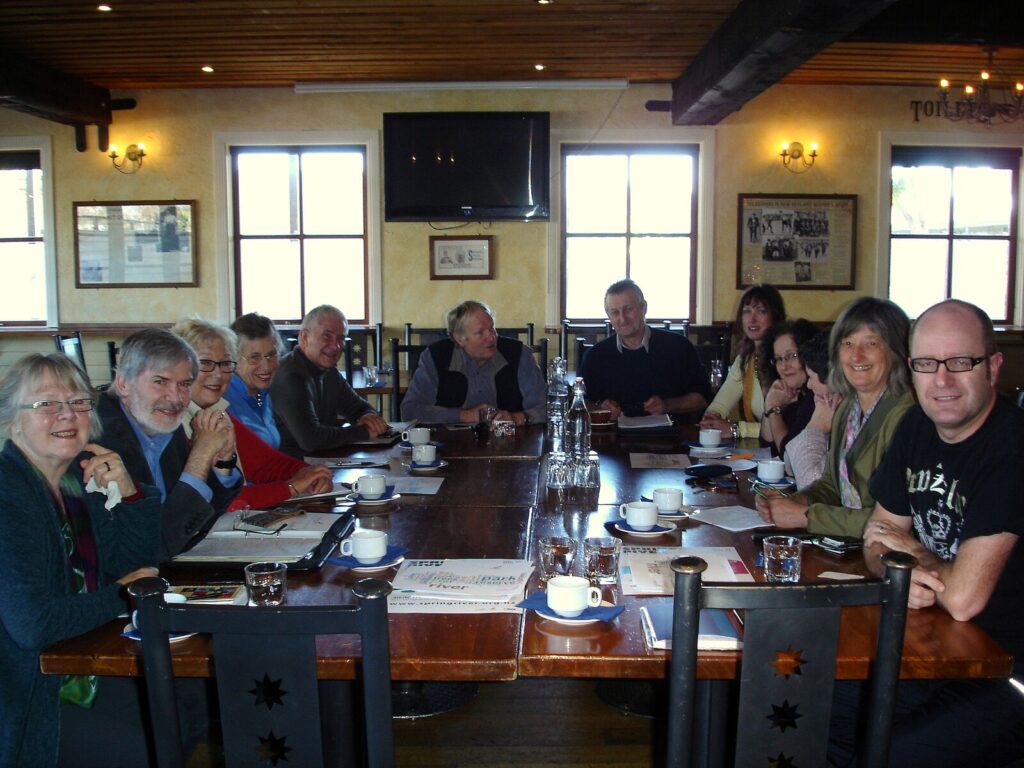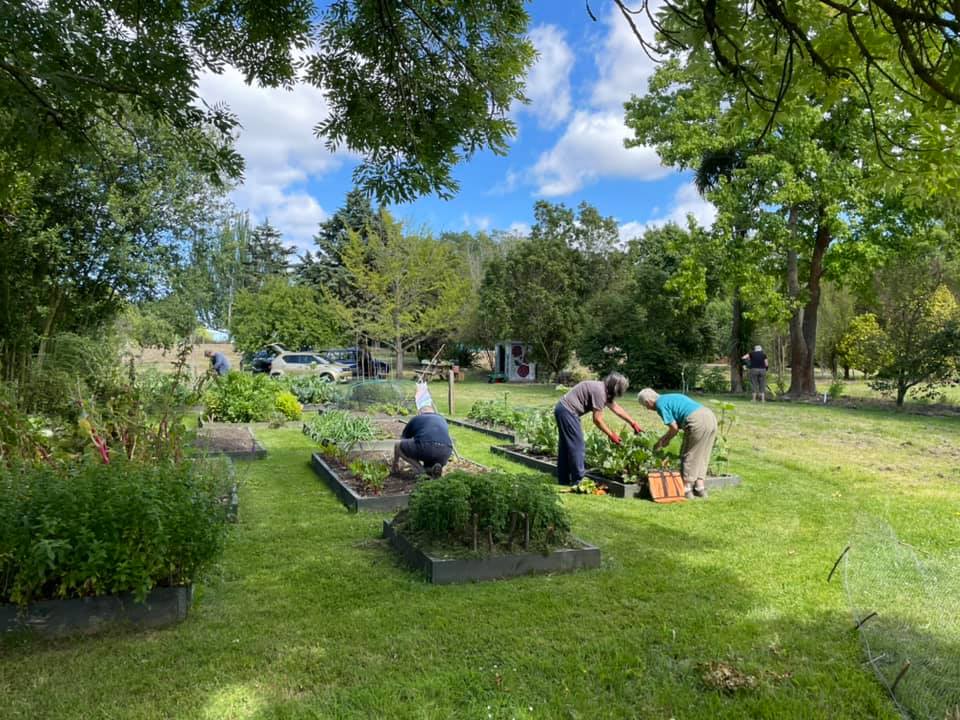Our Charter


Vision

To promote the future use of the Ōtākaro/Avon River and the surrounding Red Zone lands as an ecological and recreational reserve for the community.
Aim

Charter Signatories

Avon-Ōtākaro Network (AvON) is a network of individuals and organisations, founded in 2011 by:
- Aoraki Dragon Boat Association
- Avon Loop Planning Association Inc
- Avondale Residents’ Association
- Avon-Heathcote Estuary Ihutai Trust
- CanCERN: Canterbury Communities’ Earthquake Recovery Network
- Canterbury Community Gardens Association
- Canterbury Horticultural Society
- Canterbury Rowing Assn Inc
- Central South Island Methodist District Synod
- Christchurch Civic Trust
- Engineers for Social Responsibility (ESR) Christchurch Committee
- Enviroschools Foundation
- Frensham Gardens
- Golf Links Residents Association Inc
- Green Party of Aotearoa NZ
- Kendal Garden Club
- Labour Party
- Lincoln Envirotown Trust
- Lower Avon Heritage Recovery Trail
- Mental Health Education & Resource Centre
- National Council of Women – Chch Branch
- Network Waitangi Otautahi
- New Brighton Union Church
- New Zealand Alpine Garden Society
- New Zealand Association for Environmental Education. Christchurch Branch
- NZ Dragon Boat Association
- NZ Landcare Trust
- Ōtamahua/Quail Island Ecological Restoration Charitable Trust
- Peninsula & Plains Orienteers
- Prisoners Aid and Rehabilitation Trust
- Roimata Community Inc Soc
- Royal Forest and Bird Protection Society of NZ (Inc)
- Spokes Canterbury
- Southshore Residents Assn
- Styx Living Laboratory Trust
- Sustainable Ōtautahi-Christchurch
- The Friends of the Park at 125-129 Packe Street Inc
- The Habitat Project
- The Isaac Conservation and Wildlife Trust
- Trees for Bees NZ
- Trees for Canterbury

Background

- community input into the future of the city;
- a greening of the city;
- continuous parklands along the banks of the Ōtākaro/Avon River from source to sea; and
- extensive cycle and walkways along the river.
Statement of support

The focus of AvON is the future use of the Ōtākaro/Avon River Red Zone. However, we acknowledge the plight and pain of those of us who have had to abandon Red Zone homes and the financial difficulties many faced in doing so. We hope that by working to ensure the land becomes a place of beauty and pride, we can give some comfort and peace to those directly affected. We offer our support to those individuals and groups focussed on negotiating and advocating for the best possible housing outcomes for all.
Objectives of the Avon-Ōtākaro Network

- To advocate for the Ōtākaro/Avon River and the surrounding Red Zone lands to become a publicly owned ecological and recreational reserve, running from the Papawai Ōtākaro/Avon River Park in the CBD, through to the coast.
- To work with Te Ngāi Tūāhuriri Rūnanga and Te Rūnanga o Ngāi Tahu on their vision for the Ōtākaro and ensure the incorporation of cultural heritage and values are included within the development of an Ōtākaro/Avon River Park.
- To promote the establishment of a broad, continuous and natural corridor of indigenous habitat as appropriate to the historical ecology of the Ōtākaro/Avon River and its catchment, including Te Ihutai/Estuary with specific regard to enhancing water quality and indigenous biodiversity.
- To advocate for definitive and timely decisions regarding the long-term future use of the Ōtākaro/Avon River and residential Red Zone lands to provide certainty and confidence for those having to abandon the lands, those living in adjoining communities and in greater Christchurch.
- To quantify and disseminate findings about the economic value of this initiative in terms of wetland management, biodiversity, water quality, carbon economics, cultural, recreational and community assets, health, tourism, education, employment and small business.
- To promote a widely supported, multi-purpose amenity by incorporating, where appropriate, other desires raised by the people of Christchurch for the future use of this Red Zone land, including (but not limited to):
- A continuous network of pedestrian paths and cycleways from CBD to coast as both a recreational and tourism asset, able to interconnect with similar networks in the north, south and west;
- Land and water-based recreational facilities and amenities for the health, wellbeing and further development of the community;
- Some exotic parkland (possibly retaining existing trees and other plants from the abandoned gardens of Red Zone residents);
- Entertainment, recreational and commemorative events, such as the Spring River Festival, Christchurch Marathon and River of Flowers;
- Food resilience and sustainability, with provision for communal gardens and allotments;
- A living memorial to those who lost their lives and homes in the earthquakes;
- Art, craft and cultural amenities that reflect our diverse heritage;
- Promotion of learning and research opportunities in social and environmental studies and community resilience, for all levels of education.
- To promote these initiatives as a seamless extension of complementary initiatives in the CBD and elsewhere along the river, estuary and coastal systems of the region.
- To integrate the multipurpose objectives into a coherent spatial plan for the Ōtākaro/Avon River and the surrounding Red Zone lands, incorporating the above.

